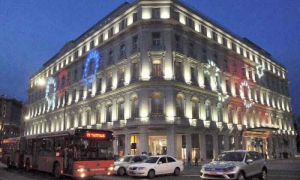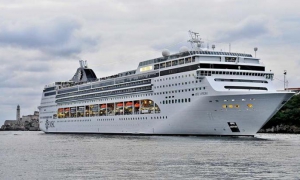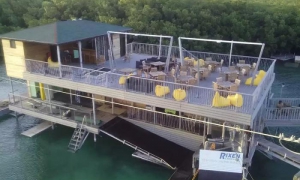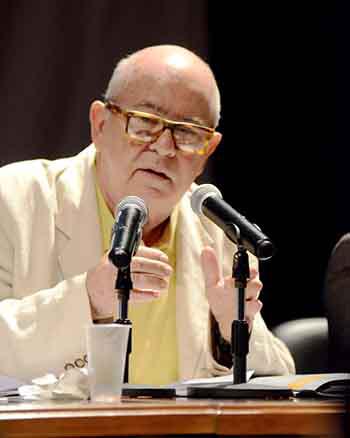
There has been a longstanding polemic on the subject of tourism and culture, with many questions, warnings and proposals on the issue from the National Union of Writers and Artists of Cuba (UNEAC), now the focus of its Culture, Tourism and Public Spaces Committee.
This Committee has held numerous meetings with the ministries of Culture and Tourism, especially in recent months, the results of which form part of the report presented to the UNEAC Expanded National Council on December 4, which was approved following substantial debate among members of this body.
pon commencing the meeting, held at the Bertolt Brecht Cultural Center in Havana, poet Miguel Barnet, UNEAC president, reported that in addition to the members of the Council, a dozen officials from the Ministry of Tourism were also invited to participate.
These officials have contributed to the debate throughout the country and listened attentively to different opinions, and UNEAC has reciprocated with great respect for their work; and all this is reflected in the document to be discussed, Barnet explained.
The report, presented by musicologist Alicia Valdés, who heads the Committee, is divided into 14 themes, including Cuba’s Image, Cultural Heritage and Tourism and International Promotion.
The debate was initiated by Dr. Graziella Pogolotti, who congratulated the Committee on noting that steps are being taken towards an understanding that will favor the country, stating that this was “a longstanding goal of UNEAC.”
For the writer there is a fundamental concept, which is that of “not making up culture for tourism” and she stressed that when it comes to culture, heritage, folk traditions, music, “We are all spokespersons for our culture, we human beings who walk our streets.”
Another of the timely remarks made by Dr. Pogolotti, a member of the Cuban Academy of Language, referred to the growing tendency to use English names. “One of the key elements of identity is the language we speak among ourselves, Castilian the Cuban way. That must be defended because thought and language are inextricably linked.”
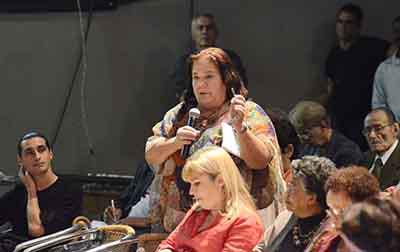
Economist Esteban Morales spoke regarding his specialty and referred to the “economic value of tourism,” which he considered essential, immediately adding that “the priority is to seek cultural quality.”
Similarly, Eduardo Acosta, president of the Gran Caribe hotel chain, noted that there must be a balance between the economic and cultural spheres, saying, “Success lies in ensuring that the cultural project and the income correspond.”
Several actors, including Corina Mestre and Rolando Nuñez, pointed to the need to thoroughly prepare tour guides, while researcher Jesús Guanche highlighted the richness of Cuban cultural diversity and warned against the unnecessary practice of replicating illustrious names such as La Bodeguita del Medio, Tropicana or Floridita.
Essayist Desiderio Navarro put his finger on the problem: not to offer up stereotypes to tourists, nor that which they are accustomed to, but rather the real culture, the best and most authentic.
Abel Prieto, advisor to Cuban President Raúl Castro, referred to this intervention and that of Dr. Pogolotti regarding the language issue, asking “Why do they put the names in English? Because they believe it is more modern,” however in reality, “We are fighting stereotypes that distort our image as a country. We must articulate vanguard anti-colonial thinking because there are signs of confusion” (examples include Santa Claus hats, celebrating Halloween). “There is nothing more pathetic than dressing ourselves up according to how tourists want to see in us. A community can end up becoming a caricature for consumption within the kitsch adventure that tourism aims to be.”
The Director General of Marketing at the Ministry of Tourism, María del Carmen Orellana, recalled that while during the 1990s, the first tourist development was based around sun and beach destinations, with some 340,000 visitors per year, “Today there are three million (visitors) and we will reach greater numbers,” and noted that tourists are increasingly seeking to experience “the cultural life in cities, beyond the hotels.”
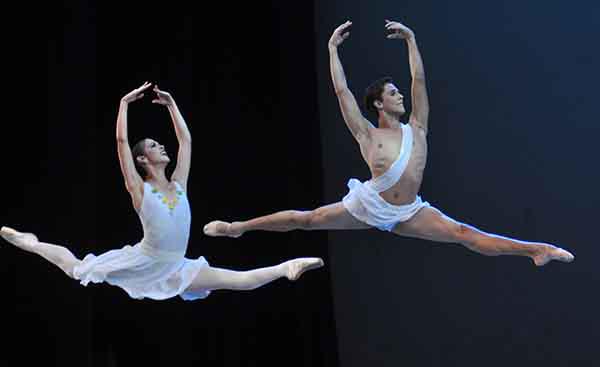
The official noted for example that, in Havana, there is not enough hotel capacity and tourist circuits across cities such as Trinidad, Remedios and Cienfuegos are developing rapidly.
Culture Minister Julián González described the document signed together with the Minister of Tourism, Manuel Marrero, as strategic to their joint efforts.
In another of his brief interventions during the debate, Miguel Barnet acknowledged, “There is a qualitative turning point in relations between UNEAC and the Ministry of Tourism. Our considerations are to help, not to control.”
Referring to the fact that tourism is considered the driving force of the economy, he said, “Culture is a driving force that runs parallel, with a shared goal.”
What do tourists seek on the island? To this question there are several answers: sun, beaches, safety, colonial cities, history, culture; and Cuba, in each of these areas, has extraordinary wealth.




